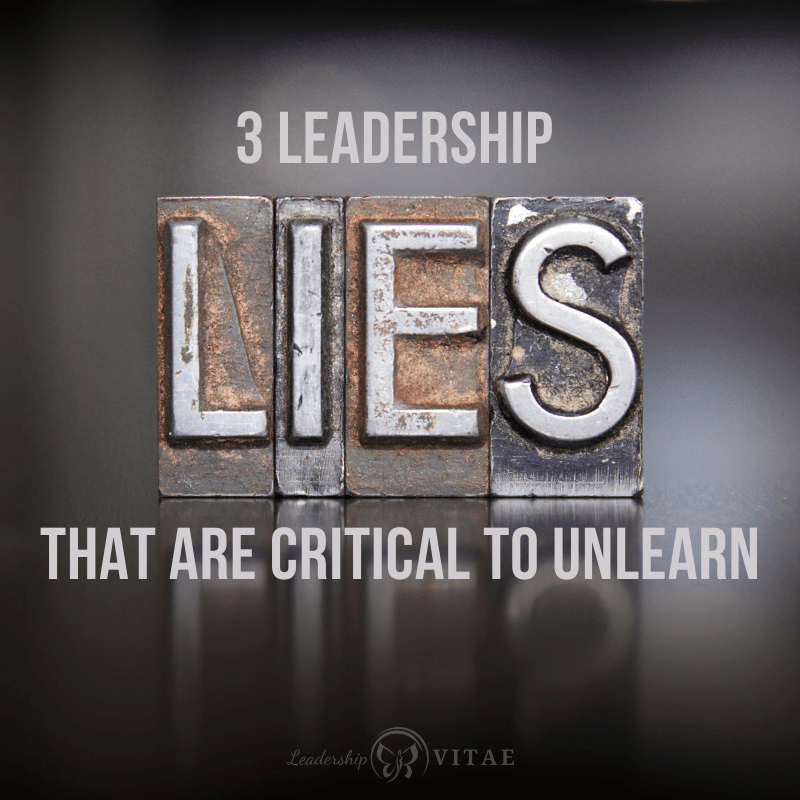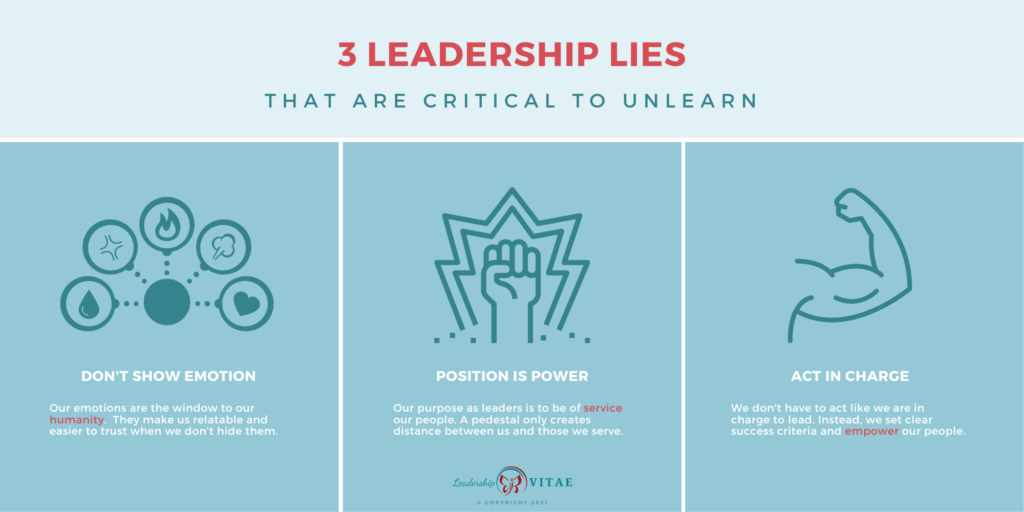
We are in the midst of a great resignation and she-session. Women have exited the workforce in record numbers. Most of the working population is either leaving jobs, changing companies, or actively considering a move.
Historically, people haven’t left companies, they’ve left their leaders. In this new world of COVID, they are leaving both.
Whether it’s for more flexibility, better pay, or improved work-life balance, companies need to do their part to make work workable. As we’ve either been expected to integrate our work and home lives, or to tolerate poor conditions for low pay, it’s become clear that the old ways won’t work in a post-COVID future.
While companies can provide benefits, better pay, or high-level cultural improvements, leaders still play a significant role in the employee experience. Every leader establishes a sub-culture within their teams.
Unless explicitly stated that something is required or prohibited, leaders have room to shape the norms of their organizations. And those norms start with how the leader shows up.
As we look around the world at how government and business leaders have handled a global pandemic, there are clear winners and losers. These are a map to letting go of old leadership lies and embracing the new.
We may never (though never say never) be asked to lead through another global crisis. But each day, leaders are expected to lead their teams through change, disruption, and challenges. How leaders show up makes all the difference in creating a culture where teams feel seen, engaged, and valued.

1. Don’t show emotion
Humans are emotional creatures. We may also be relatively rational, but we have emotions, and to deny them is folly. To hide them even more so.
While teams would likely be unimpressed by, if not running quickly from, a leader that is regularly overcome with emotion, suppressing it won’t get points either.
Humans experience the gamut of emotions in life and in our careers. From frustration to anger, disappointment, joy, or sadness, we can expect any one of these to pop up from moment to moment, day to day.
Do we need to be mindful of our emotions so they don’t get the better of us or control us? Certainly. But to push them down and pretend they don’t exist makes us either foolish (because they will pop up somewhere without appropriate channeling) or no better than machines.
When we allow our emotions to be expressed and seen, even a fraction of what we might be fully feeling, our teams are inspired to trust. It’s hard to trust someone we don’t know, and it’s hard to know someone that doesn’t let us see who they are. Hiding our emotions hides our humanity. It hides who we are.
It also makes leadership seem unachievable for anyone who feels. If it takes a robot to lead, then a feeling human will assume leadership is not for them.
Stoicism can be helpful to keep our heads in the face of challenge. At the same time, acknowledging and even allowing a glimpse into our emotions allows for the connection and trust necessary to get our teams through it.
2. Position is power
As we progress up the leadership ladder, the pay and responsibilities make it easy to lose sight of why we are there.
Regardless of the size of our teams, our budget, or our mission, we have one job. And that is not to wield power or stand on a pedestal. It’s to serve.
As leaders, we cannot do anything alone. If we can, we should be a single proprietorship. Otherwise, we need our team to do the work. And all a pedestal does is separate us from them. Create unnecessary distance that makes it even more difficult to lead.
If it wasn’t for our people, we wouldn’t have jobs. Unfortunately, that can be forgotten as we find ourselves in rooms with more senior people. Making higher level decisions. Further and further removed from those we are there to serve.
If we focus on position and power, then we worry about keeping it. When we are worried about keeping our jobs, we are less likely to be doing our jobs. Taking care of our people. Ensuring they have what they need to get the job done. Removing obstacles for them.
Position isn’t power. It’s a responsibility for those in our charge. We all have a role to play. A leader’s role may be a little different, but it is no better. Everyone has a contribution, and a leader’s is in service to the team.
3. Act like we are in charge
In the military, it’s clear who is in charge by what they have on their collar. In the civilian world, position often tells us. Yet true leadership has nothing to do with a collar or title.
Actions make the difference. Leaders don’t have to act like they are in charge to be in charge.
The best leaders provide clear success criteria and then delegate. Provide parameters for their involvement and then step back and let the team work. Endless decisions are made every day within a team. In order to keep a team or organization running smoothly, they cannot all involve the leader.
Those who act like they are in charge, with heavy-handed oversight, are less effective. Hoarding decision-making creates risk and does not create new leaders. It creates bottlenecks and dependencies that successful organizations can’t afford.
Distributed decision-making empowers those closest to the work. This allows leaders to lead – set vision, determine strategy, and point teams in the right direction. To say “let’s go” and let them figure out how to get from here to the next step and the next.
Great leaders don’t create dependency by dictating each step. They don’t anticipate and solve every obstacle.
Instead, they let the team figure out the path within clear success criteria. They allow the team to run into and resolve obstacles, knowing that’s critical for growth. For creation of future leaders.
No myth leadership
Each of us has the opportunity to rethink leadership. Whether we are formal or informal leaders, we can challenge what has been taught, modeled, and gone before. We have a choice in how we show up, and deciding whether it’s effective in this emerging new world.
No matter what our leadership style, we can purge the old myths. Allow ourselves to be seen, get off the pedestal, empower our teams, and let go of the need to be in charge. Embrace our humanity, humility, and fallibility.
In whatever small part of the world we influence, let’s embrace the new and let go of the old. Leadership never goes out of style, but it might be time for an update.
What other leadership myths are out there? Ones you wish would be retired? Please share your thoughts in the comments.








